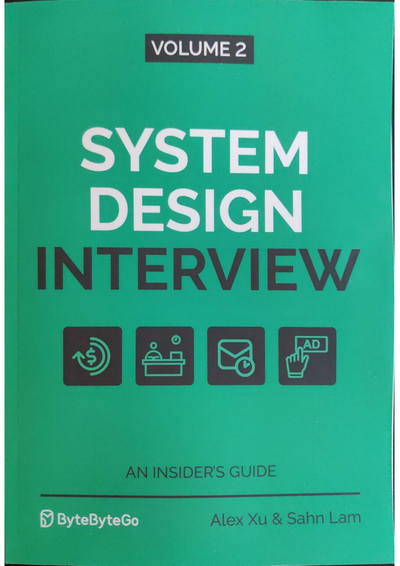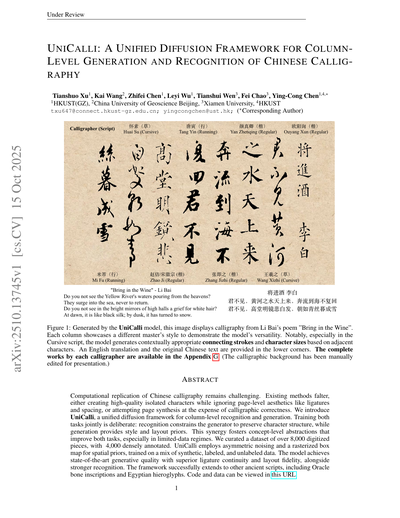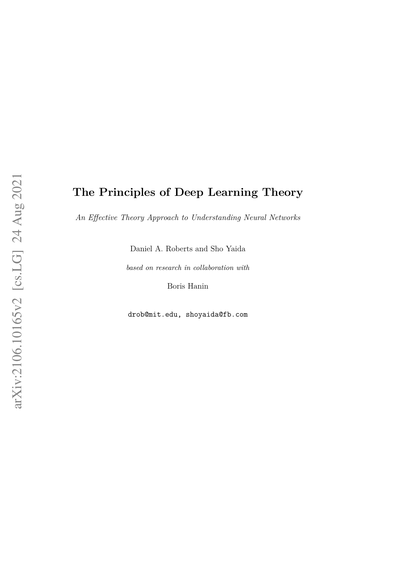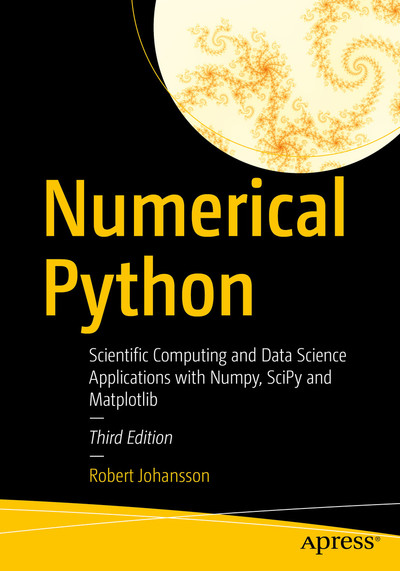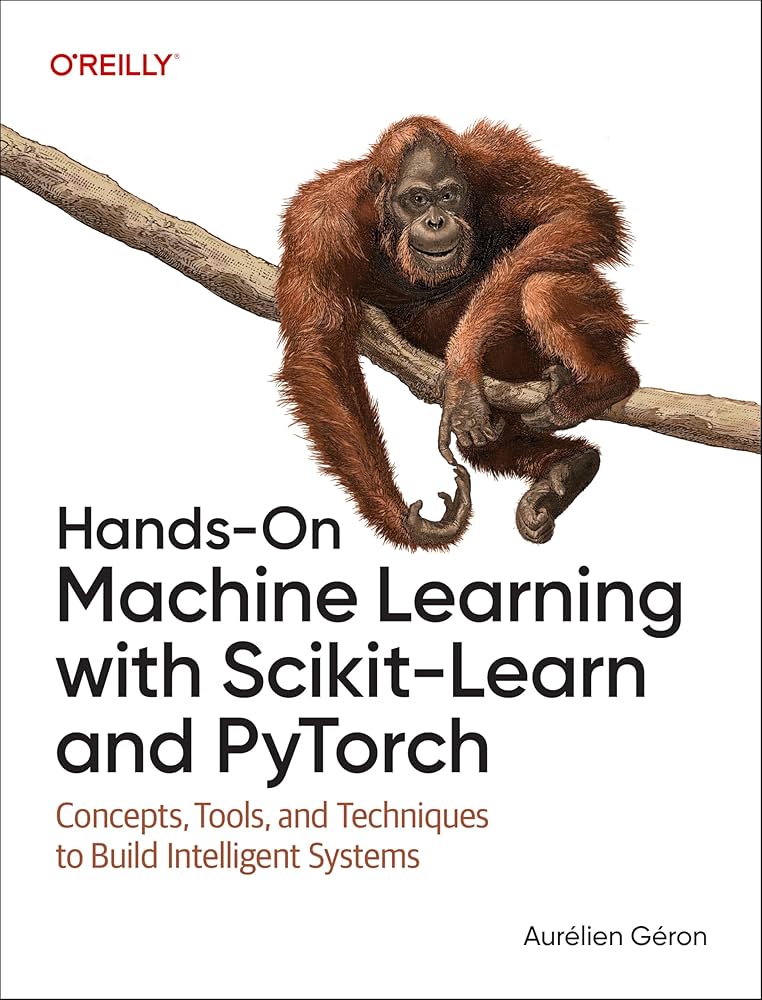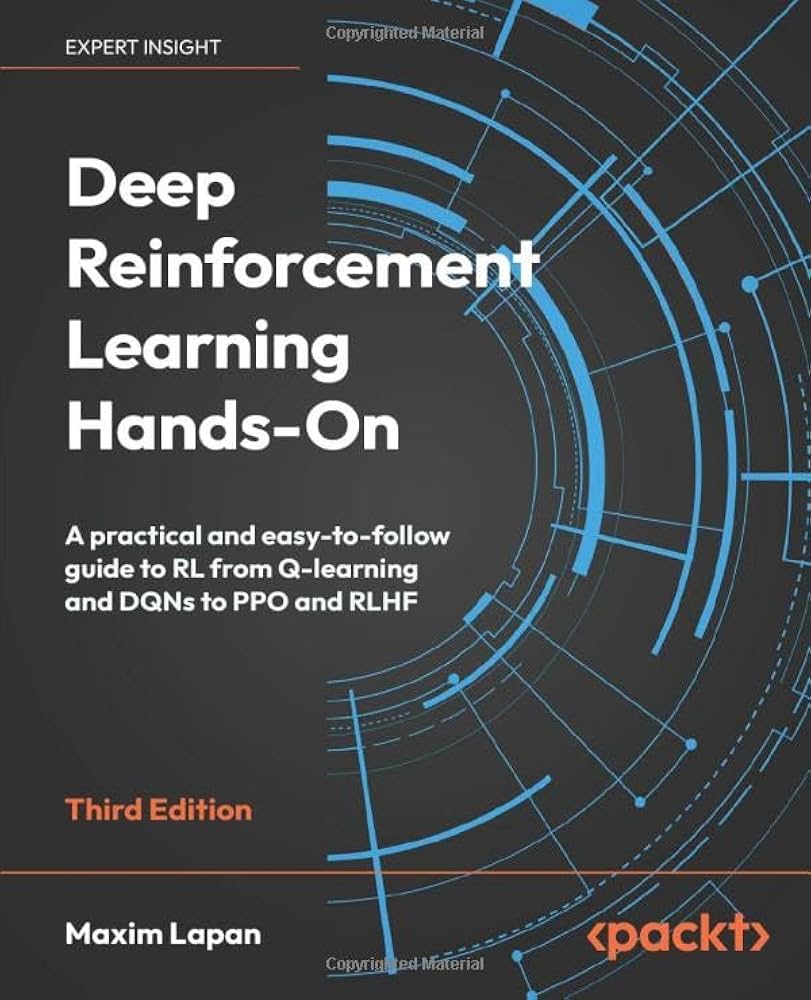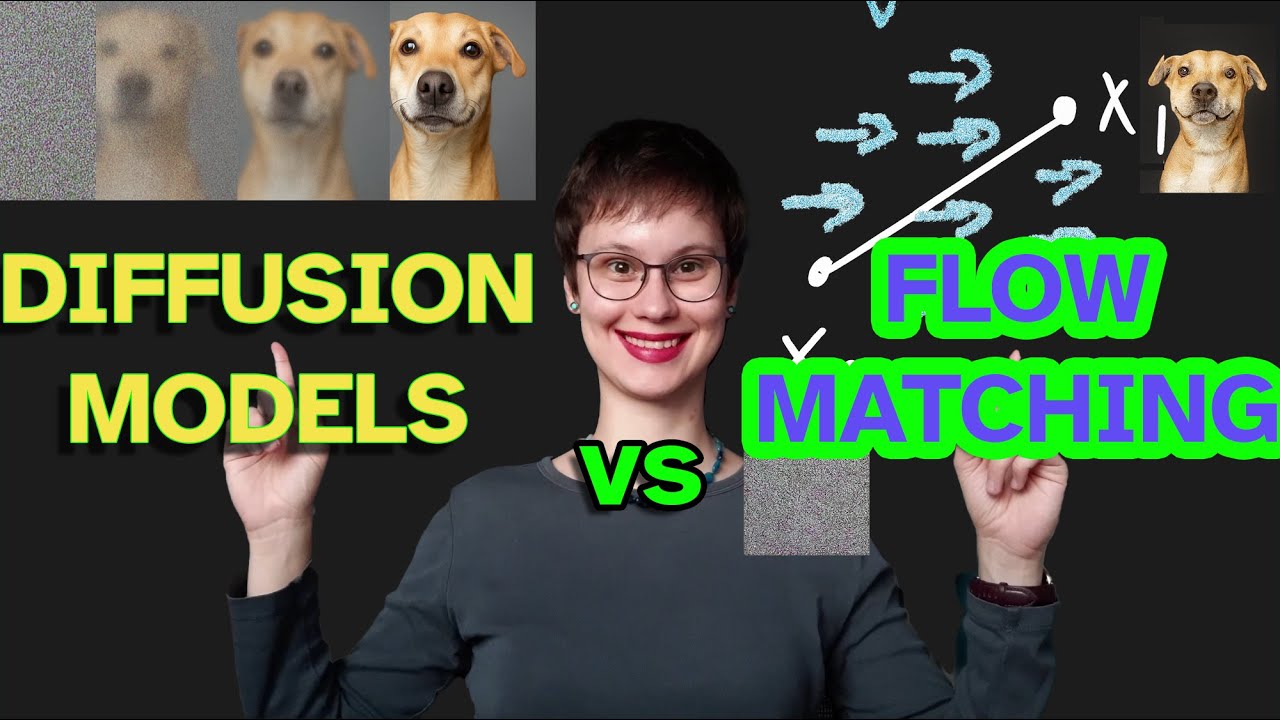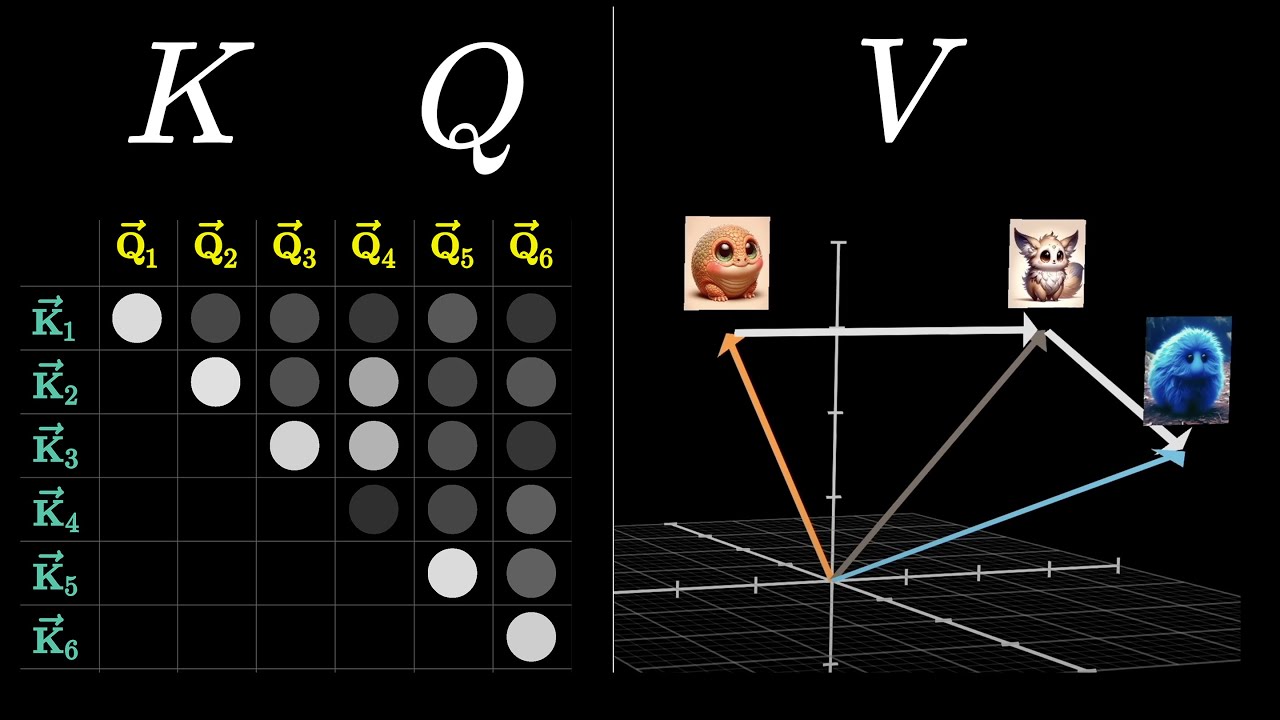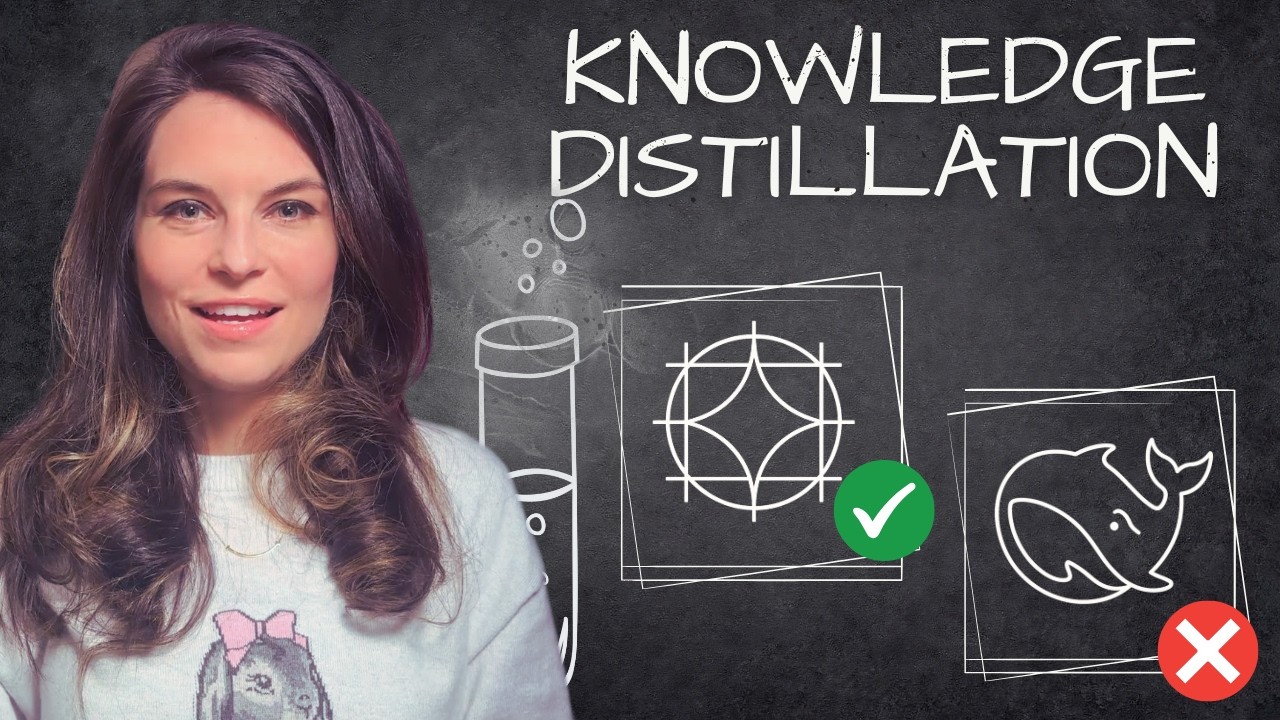
Online Workshop Every Week
Join our free weekly interactive learning sessions.
Master AI/ML with instant feedback and personalized learning
"Cogito, ergo sum" (I think, therefore I am)
— René Descartes

Free Problems
DESIGN A KEY-VALUE STORE (SDIIG)
This problem set covers key concepts from Chapter 6 on designing distributed key-value stores. The problems test your understanding of CAP theorem, consistent hashing, replication strategies, consistency models, vector clocks, failure handling, and system architecture components. Questions progress from fundamental concepts to advanced analytical applications.
20 pts
Medium
104
cap-theorem
distributed-systems
consistency
+7
A FRAMEWORK FOR SYSTEM DESIGN INTERVIEWS (SDIIG)
This problem set tests your understanding of the 4-step framework for system design interviews as outlined in Chapter 3. The framework emphasizes collaboration, requirement clarification, and structured problem-solving rather than finding perfect solutions. Practice applying these concepts to demonstrate your system design thinking process.
14 pts
Medium
98
system-design
interview-framework
collaboration
+7
Distributed Email Service (SDIIGV)
This problem set covers key concepts from Chapter 8 on designing large-scale distributed email services. The problems test understanding of email protocols, system architecture, database design, scalability considerations, and real-world implementation challenges for services like Gmail and Outlook.
32 pts
Medium
97
email-protocols
smtp
pop
+7
DESIGN A WEB CRAWLER (SDIIG)
This problem set covers key concepts from Chapter 9: Design a Web Crawler, focusing on the architecture, components, and design considerations for building scalable web crawlers. Questions test understanding of crawler workflow, politeness constraints, URL frontier design, performance optimization, and handling problematic content.
17 pts
Medium
105
crawler-workflow
basic-algorithm
web-crawling
+7
SCALE FROM ZERO TO MILLIONS OF USERS (SDIIG)
This problem set covers key concepts from Chapter 1 on scaling systems from single users to millions of users. The problems test understanding of system architecture, database scaling, caching strategies, load balancing, and other essential distributed systems concepts discussed in the chapter.
24 pts
Medium
96
system-architecture
single-server
scalability-basics
+7
BACK-OF-THE-ENVELOPE ESTIMATION (SDIIG)
This problem set covers key concepts from Chapter 2: Back-of-the-Envelope Estimation, including power of two calculations, latency numbers, availability metrics, and practical estimation techniques for system design. These problems test your understanding of scalability fundamentals and your ability to perform quick calculations for system capacity planning.
11 pts
Easy
104
power-of-two
data-units
storage
+7
Premium Problems
Knowledge Graphs
USA AI Olympiad
Explore competitive programming and AI contest preparation concepts
Grade 5 Math
Discover elementary mathematics concepts and learning paths
Featured PDFs
View All PDFsSystem Design Interview: An Insider's Guide Volume 2
116 questions
348 pts
System Design Interview: An Insider's Guide
108 questions
317 pts
UNICALLI: A UNIFIED DIFFUSION FRAMEWORK FOR COLUMN-LEVEL GENERATION AND RECOGNITION OF CHINESE CALLIGRAPHY
10 questions
38 pts
The Principles of Deep Learning Theory
107 questions
418 pts
Featured Books
View All BooksAcing the System Design Interview
153 questions
456 pts
Numerical Python: Scientific Computing and Data Science Applications with Numpy, SciPy and Matplotlib
190 questions
543 pts
Hands-On Machine Learning with Scikit-Learn and PyTorch
200 questions
554 pts
Deep Reinforcement Learning Hands-On - Third Edition
222 questions
720 pts
Featured Videos
View All VideosFlow-Matching vs Diffusion Models explained side by side
10 questions
29 pts
Attention in transformers, step-by-step | Deep Learning Chapter 6
10 questions
30 pts
Knowledge Distillation: How LLMs train each other
10 questions
27 pts
Diffusion Model
10 questions
32 pts
Popular Topics
machine learning
56
deep learning
40
neural networks
35
reinforcement learning
33
system-design
28
grade5
27
optimization
14
large language models
13
attention mechanisms
13
combinatorics
13
system-architecture
13
natural language processing
12
aime problems
12
Number Sense
12
scalability
11
beginner
10
number theory
10
performance
10
transformers
9
capacity-planning
9
Click on any tag to filter problems by that topic
